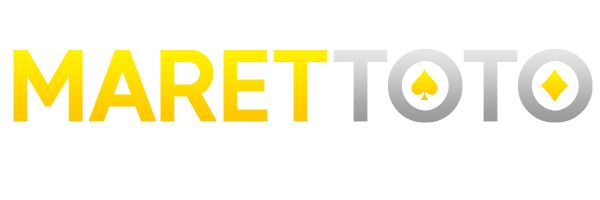TENTANG MARETTOTO :
MARETTOTO adalah platform terpercaya yang menawarkan demo slot gratis tanpa risiko. Dengan daftar akun MARETTOTO, Anda dapat mencoba berbagai permainan slot dari penyedia ternama tanpa perlu mengeluarkan uang. Nikmati keseruan bermain slot tanpa khawatir kehilangan modal, dan asah strategi Anda sebelum bermain dengan uang asli.
- choosing a selection results in a full page refresh
